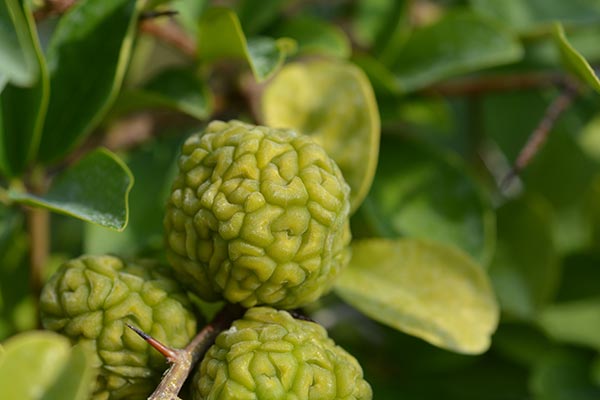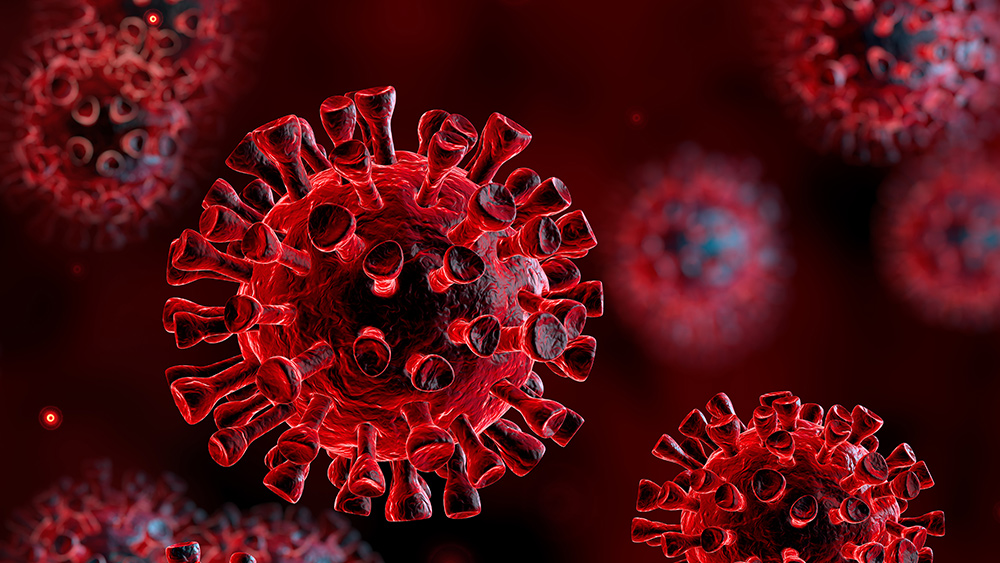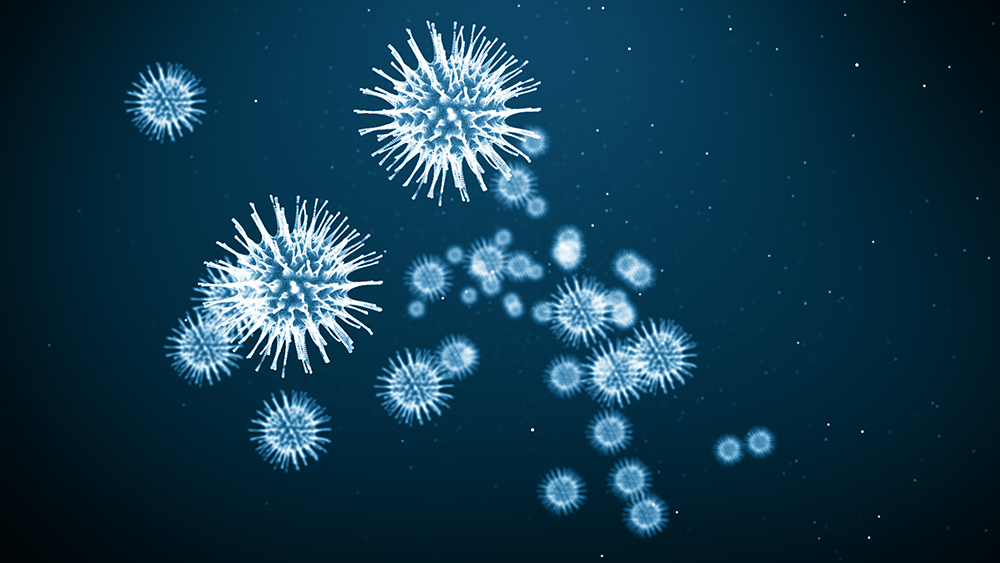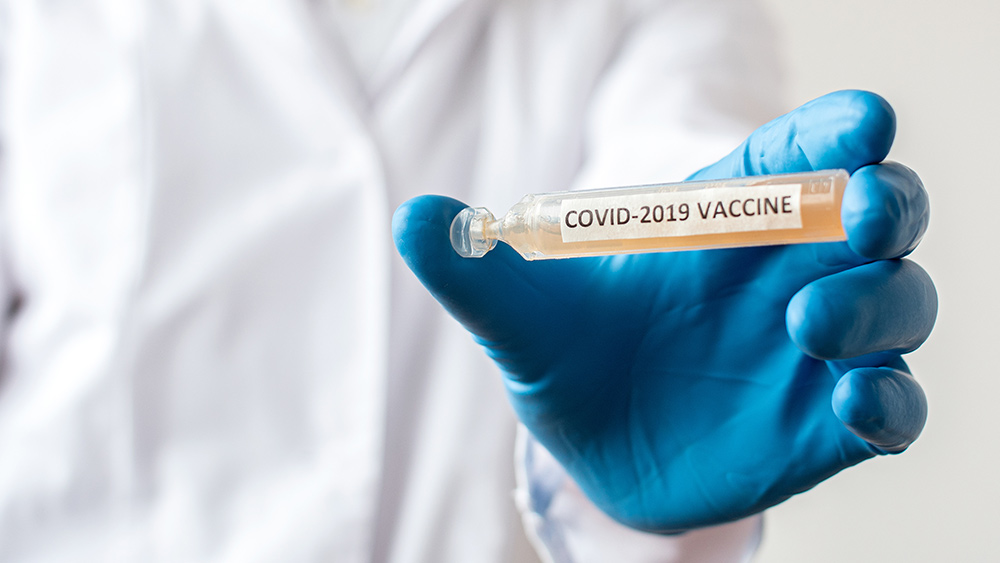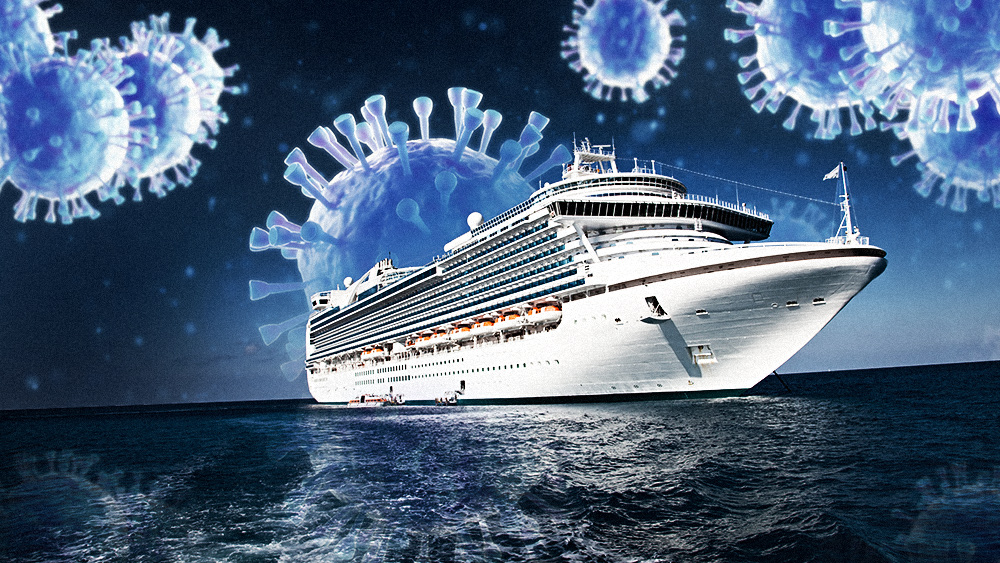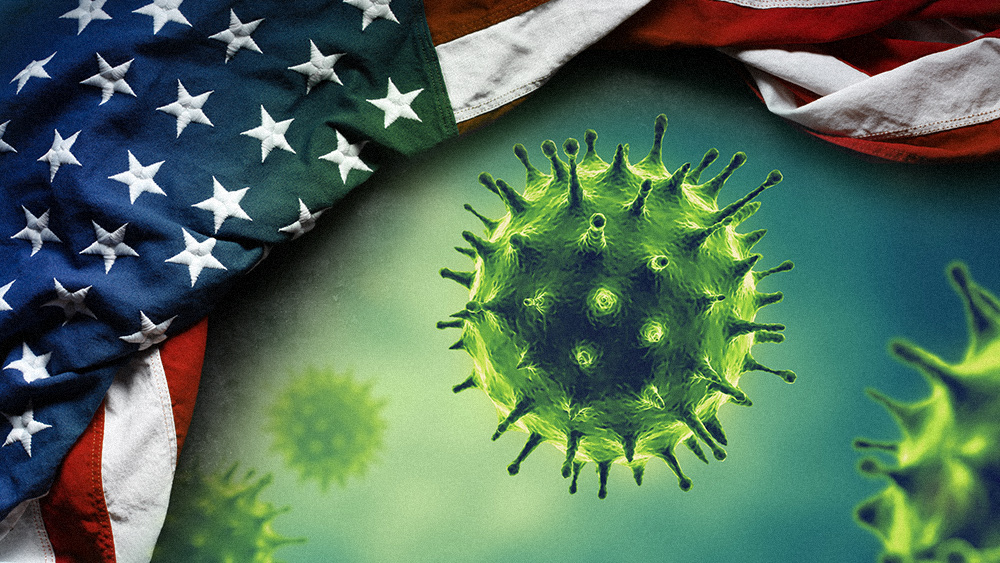Microalgae are “untapped” sources of beneficial nutrients
03/05/2020 / By Evangelyn Rodriguez
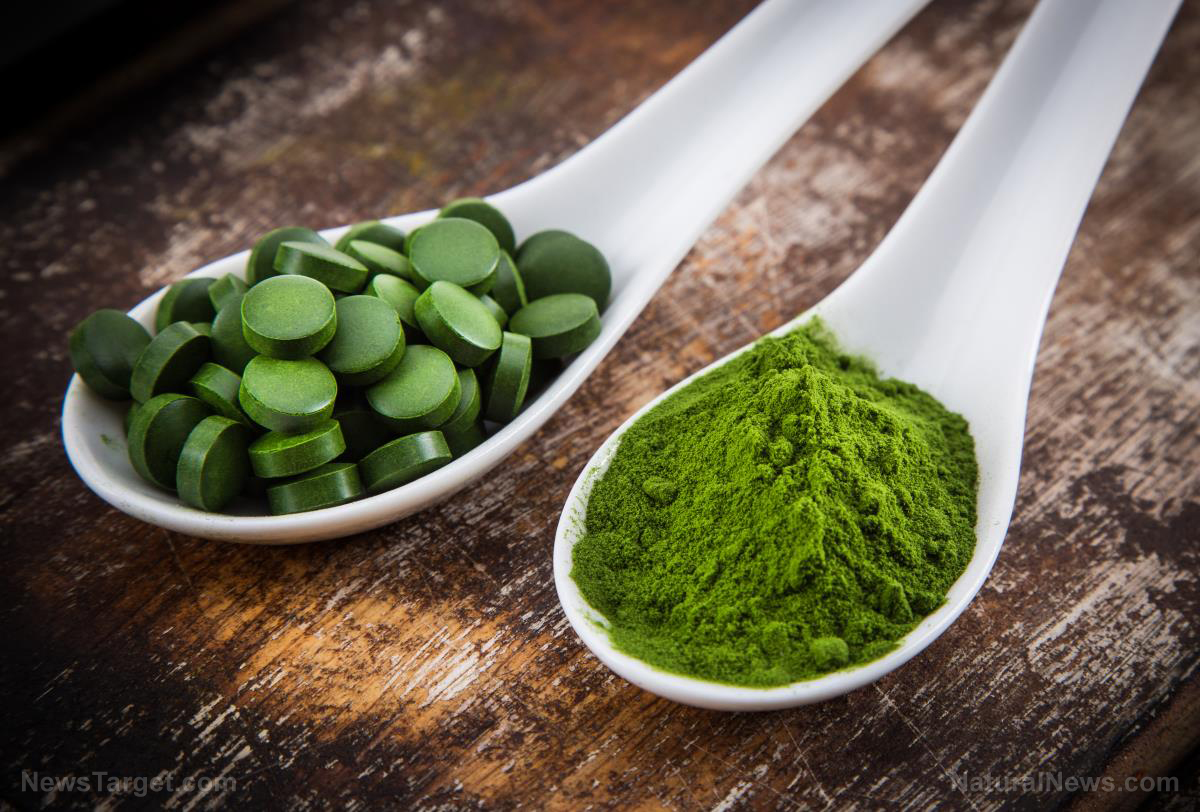
Humans have been consuming microalgae for centuries. According to Spanish chroniclers, the Aztecs collected blue-green masses — now identified as the cyanobacterium, Spirulina — from lakes and used them for food. In China, different Nostoc species like N. commune (star jelly) and N. flagelliforme (fat choy) are known as traditional foods. People in other Asian countries like Burma and Thailand also incorporated filamentous green algae (Spirogyra and Oedogonium) into their diets, while the Japanese considered the cyanobacterium Aphanothece sacrum (suizenji nori) as a special delicacy.
According to researchers from Malaysia, India, China and Vietnam, microalgae are useful for the production of health foods. However, these microorganisms are still underexploited despite the many advantages they offer over traditional crops. Research shows that edible microalgae are not only great sources of protein, but also of bioactive compounds that offer a wide range of health benefits.
In their article, which appeared in the journal Food Science and Human Wellness, the researchers enumerated various microalgal sources of protein and their beneficial components. They also discussed the potential applications of microalgal components, particularly as dietary and nutraceutical supplements.
The upsides of using microalgae as nutrient sources
Microalgae are unicellular organisms that can be found in freshwater and other aquatic environments. They are capable of photosynthesis and require only light, carbon dioxide, nitrogen, phosphorus and potassium to grow. Scientists estimate that there are about 200,000 to 800,000 species of microalgae currently in existence. Some species are now cultivated on an industrial scale to enable the extraction of their bioactive components. These components are actively used in the food, cosmetics and biofuel industries.
In their review, the researchers listed several advantages that microalgae have over traditional food and nutrient sources. For instance, a number of microalgae species have been found to contain similar amounts of protein to milk, soybeans, eggs and meat. But comparisons of their protein yields show that terrestrial crops like wheat, legumes and soybeans produce an average of 1.4 tons per hectare (tons/ha) annually versus the 4-15 tons/ha produced by microalgae per year.
In addition, terrestrial crops and animal sources of protein consume large amounts of water during production or cultivation, while marine microalgae can grow without freshwater or arable land. The researchers pointed out that this allows resources required for various agricultural purposes to be further maximized.
The researchers also highlighted the fact that microalgae are used to living in extreme conditions where they are constantly exposed to free radicals and high oxidative stress. Their harsh environments have allowed them to develop natural protective systems which could benefit human health. According to studies, the components of these self-defense mechanisms involve powerful antioxidants and pigments, which are not produced by the human body, and thus, may be useful for human supplementation. (Related: Powerful nutrients in microalgae like chlorella found to save lives by restoring heart function after a heart attack.)
Health benefits of microalgae supplementation
Besides providing proteins, numerous species of microalgae, such as the superfoods chlorella, spirulina and the green alga Dunaliella, are also rich in carbohydrates, lipids, phytonutrients and essential vitamins and minerals. Due to their nutritional value, they are now marketed as health foods and supplements, and are available in capsule, tablet, powder and liquid forms.
Among the essential nutrients microalgae can provide, the most notable are vitamins A, B1, B2, B6, B12, C and E, and minerals like calcium, iodine, iron, magnesium and potassium. Different microalgae species also serve as natural sources of pigments, amino acids and antioxidants. Here are a few examples:
- Chlorophyll — A plant pigment responsible for its green color, chlorophyll helps reduce inflammation, assists in skin healing and detoxification, improves the quality of red blood cells, reduces the growth of tumors and decreases harmful cholesterol levels. Chlorophyll can be found in green algae.
- Phycobiliproteins — Described as photosynthetic antenna pigments, the phycobiliproteins found in cyanobacteria and red and blue microalgae are said to have anti-cancer, anti-inflammatory, anti-microbial and immune-enhancing properties.
- Carotenoids — Produced by yellow, orange and red microalgae, carotenoids like alpha- and beta-carotene, lycopene, lutein and zeaxanthin can help improve brain function, provide sun protection, enhance skin hydration and elasticity, and support eye health.
- Astaxanthin — Known as a powerful antioxidant, this carotenoid comes from microalgae and is known to reduce inflammation, as well as improve the immune system of people with cardiovascular problems.
- Amino acids — Microalgae can provide some essential amino acids, such as histidine, isoleucine, valine, lysine, tryptophan, threonine and methionine. These amino acids cannot be synthesized by the human body.
Microalgae are cost-effective sources of nutrients that are easy to cultivate and develop into nutraceuticals. They also offer various health benefits and can be taken as supplements. To learn more about microalgae-based health products, visit SupplementsReport.com.
Sources include:
Tagged Under: antioxidants, Chlorella, food cures, food is medicine, functional food, microalgae, nutraceuticals, nutrients, phytonutrients, research, spirulina, supplements




